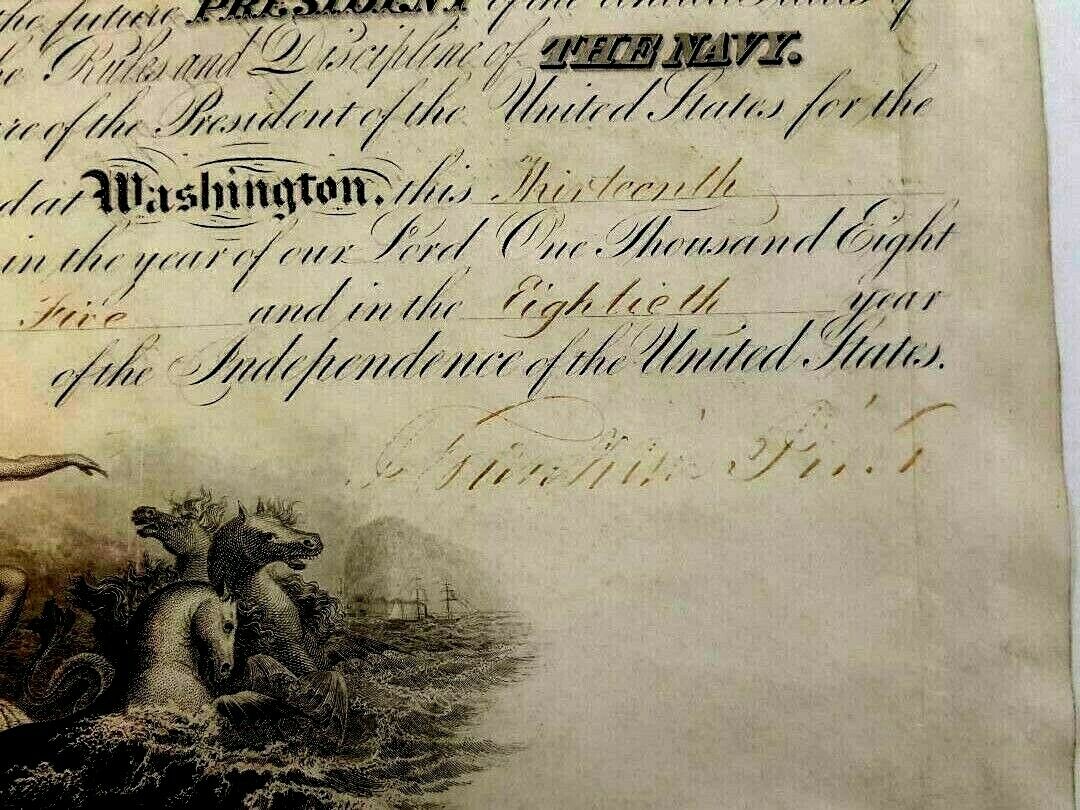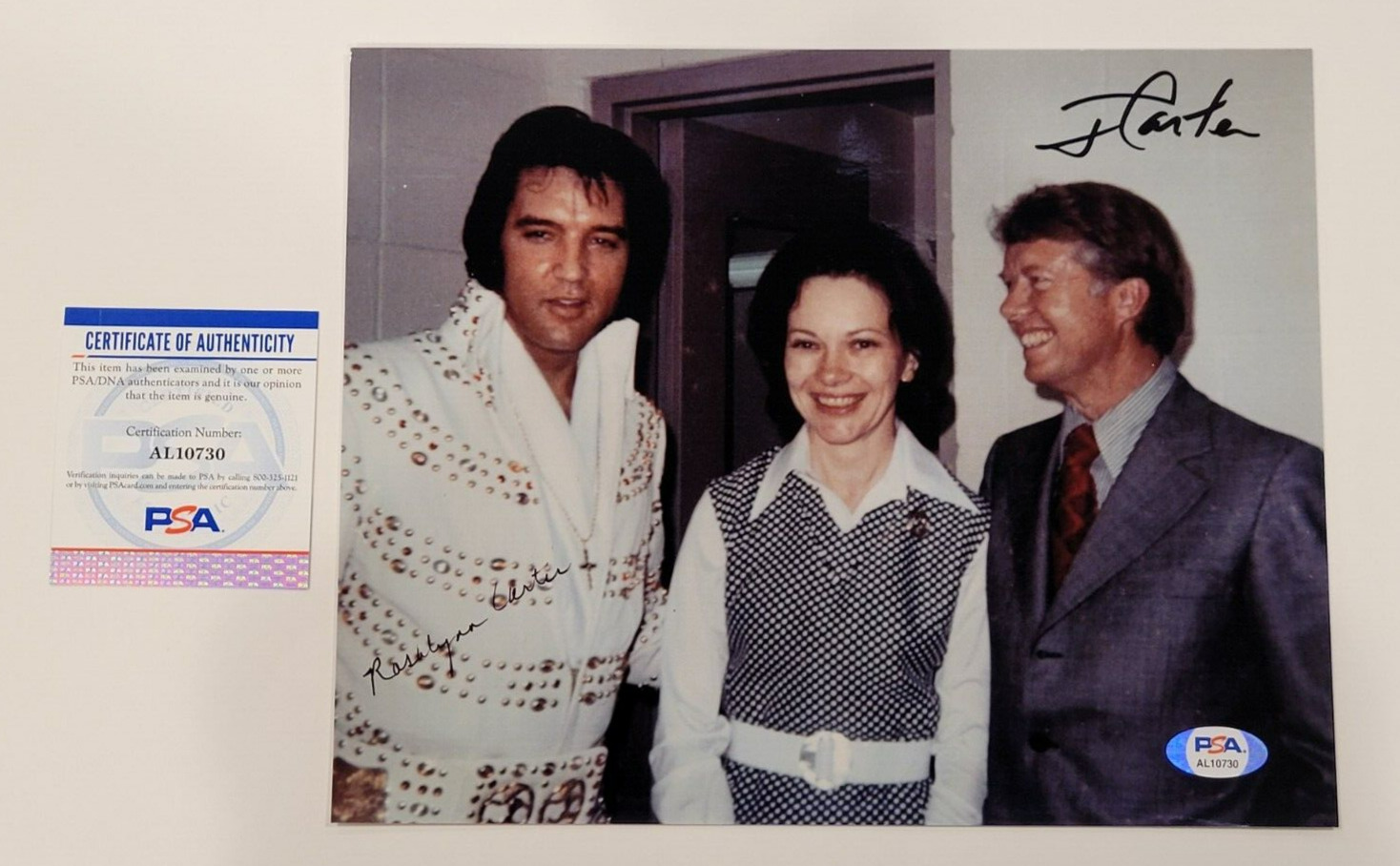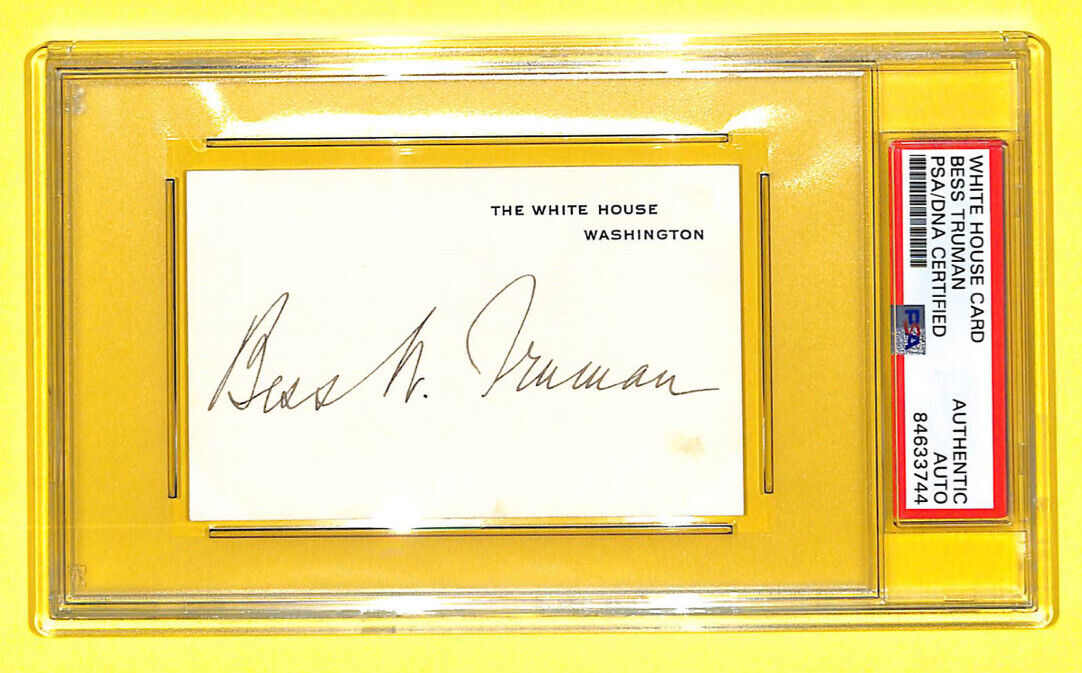-40%
Franklin Pierce Sgd Naval document 1855 Wm.D. Whiting Future Commodore U.S. Navy
$ 1161.59
- Description
- Size Guide
Description
Franklin Pierce(November 23,1804 -October 8, 1869) was the 14th President of The United States (1853-1857), a Northern Democrat who saw the abolitionist movement as a fundamental threat to the unity of the nation, He alienated anti-slavery groups by championing and signing the Kansas Nebraska Act and enforcing the fugitive Slave Act, yet he failed to stem conflict between North and South, setting the stage for Southern secession and the American Civil War.
James C. Dobbin
(January 17,1814 -August 4,1857) was a nineteenth century politician and lawyer who served as United States Secretary of the Navy from 1853-1857.
Commodore William D. Whiting
(May 27,1823 -March 19, 1894) Famous Civil War Union Naval Officer. Entering the United States Navy on March 1,1841 as a midshipman. He was serving on the sloop
"Levant"
on July 7, 1846 when the American flag was raised on the Pacific Coast at the capture of Monterey, California . He then attended the United States Naval Academy from 1847 to 1848 and was graduated.
He was promoted to
Lieutenant
on September 14,1855 (This Document), and was serving on the steam frigate
"Niagara"
when the first Atlantic Cable was laid in 1857. After the outbreak of the Civil War, he served as the executive officer of the sloop
"USS Vandalia"
at the capture of Port Royal in 1861, and commanded the Iron steamer
"USS Wyandotte"
on the South Atlantic blockade and the potomac flotilla. He was promoted to
Lieutenant Commander
in July 1862 and participated in the attacks on the defenses of Charleston while aboard the Gunboat
"USS Ottawa"
, From 1864 to 1865 he commanded the
"USS Savannah",
in the Eastern Gulf Station.
He held a succession of commands after the end of the war. On July 26 1866, he received his commission as
commander
and was aboard the steamer
"USS Tioga"
, off the coast of Maine and in the gulf. He was based at the New York Yard, in Brooklyn, New York from 1867 to 1869 and from 1871 to 1872. In the North Atlantic, between 1869 and 1870, he commanded the sloop
"USS Saratoga"
and the Monitor
"USS Miantonomoh" (One of the last monitors built for the United States Navy).
He as promoted to
Captain,
August 19, 1872, and commanded the steam sloop
"USS Worcester",
which was the flagship for the North Atlantic squadron from 1871 to 1875. During the first year of that cruise, he took out contributions of food and clothing from the American people for the relief of the French sufferers in the Franco-Prussian war. As there was no way to transport these contributions to the needed districts in the East of France, the stores were taken to Liverpool and London, where a favorable market realized a much larger sum of money than the actual cost of these stores in the United States. The American relief committee in France urged that the money was more needed than contributions in any other form.
He was present at New Orleans during the political turmoil created by the overthrow of the Packard government. There he won the confidence of the citizens by the wise measures he initiated to stem the unrest.
On June 11, 1878 he was appointed Chief of Bureau of Navigation with the rank of
Commodore.
Failing health and almost total blindness , resulting from exposure incidental to his naval service compelled him to be relieved from this duty October 12,1881. He was placed on the retired list, with the rank of
Commodore, by special act of Congress.
(bio by Shirley Stanton). This Document is an amazing piece of United States Naval History.




















